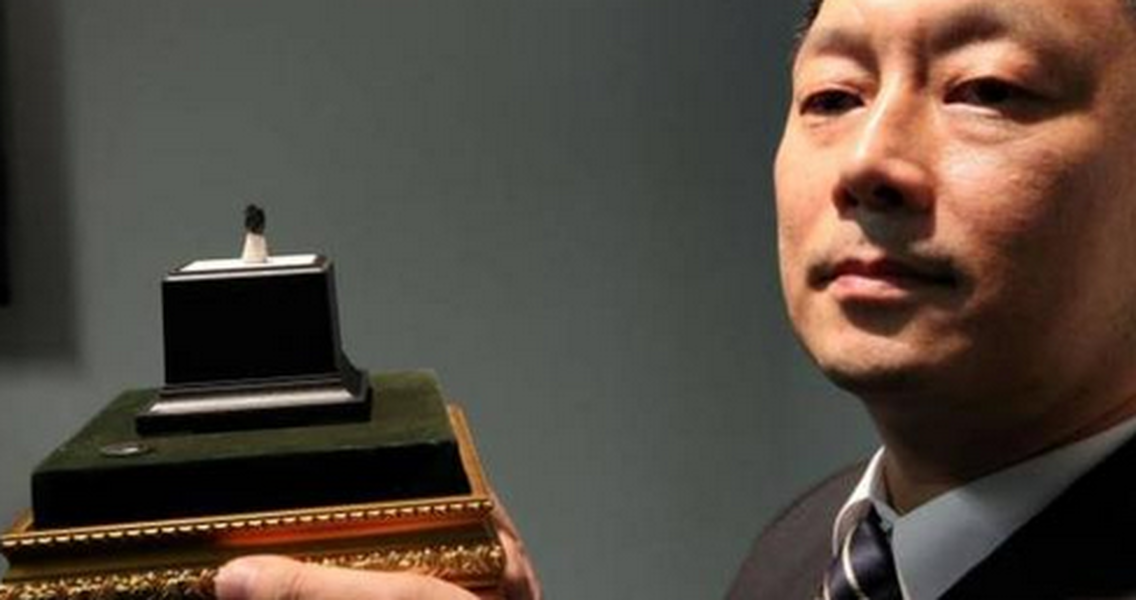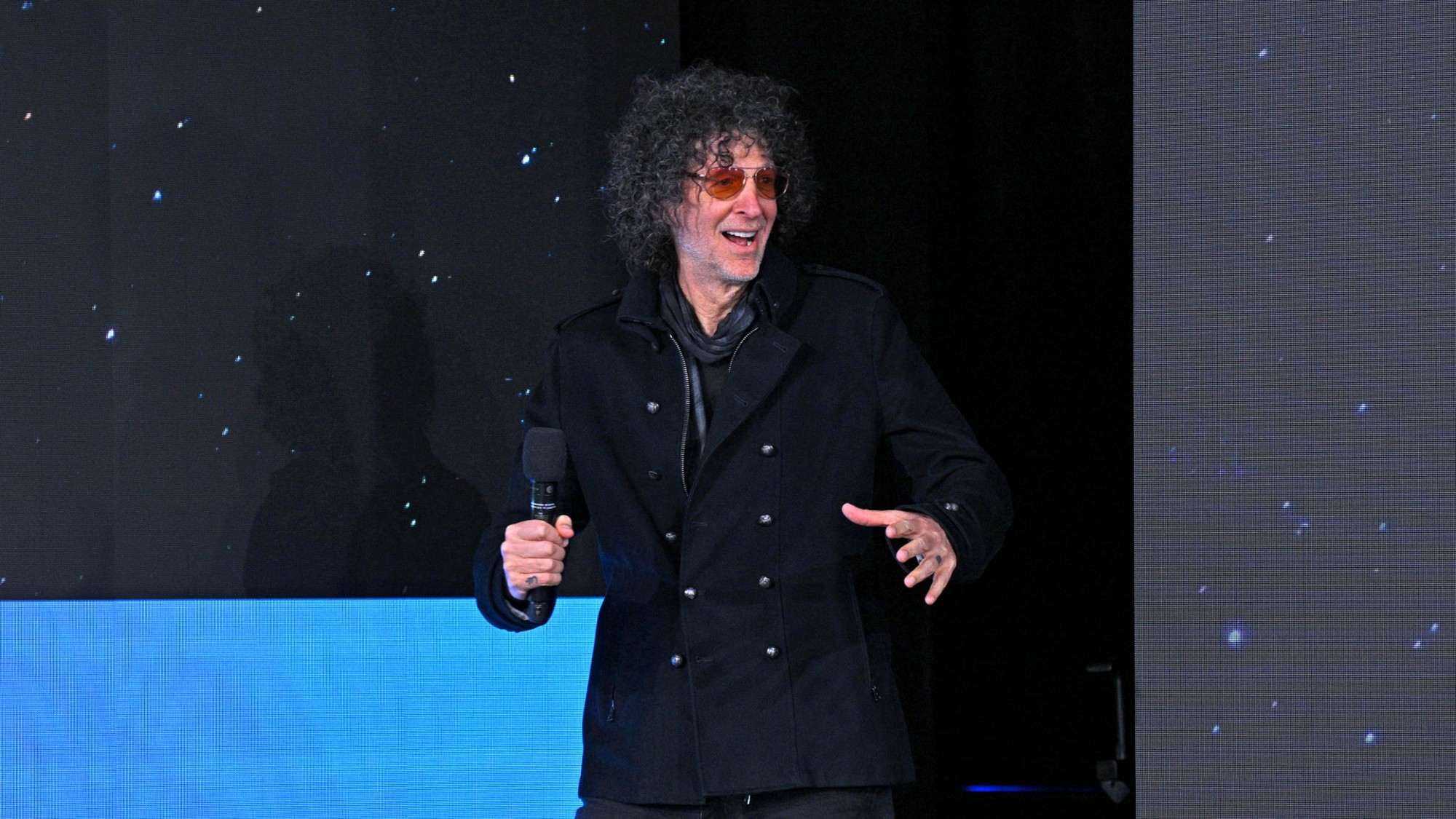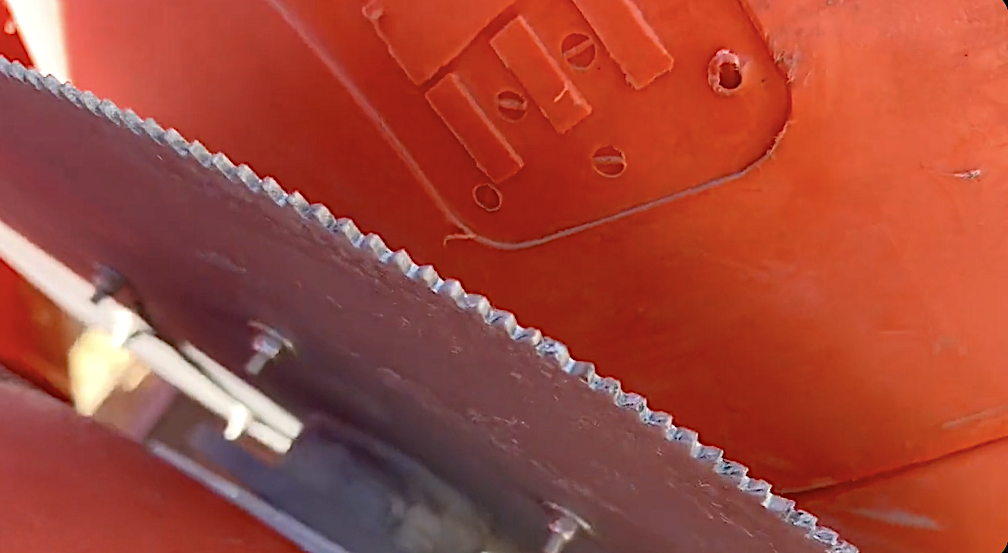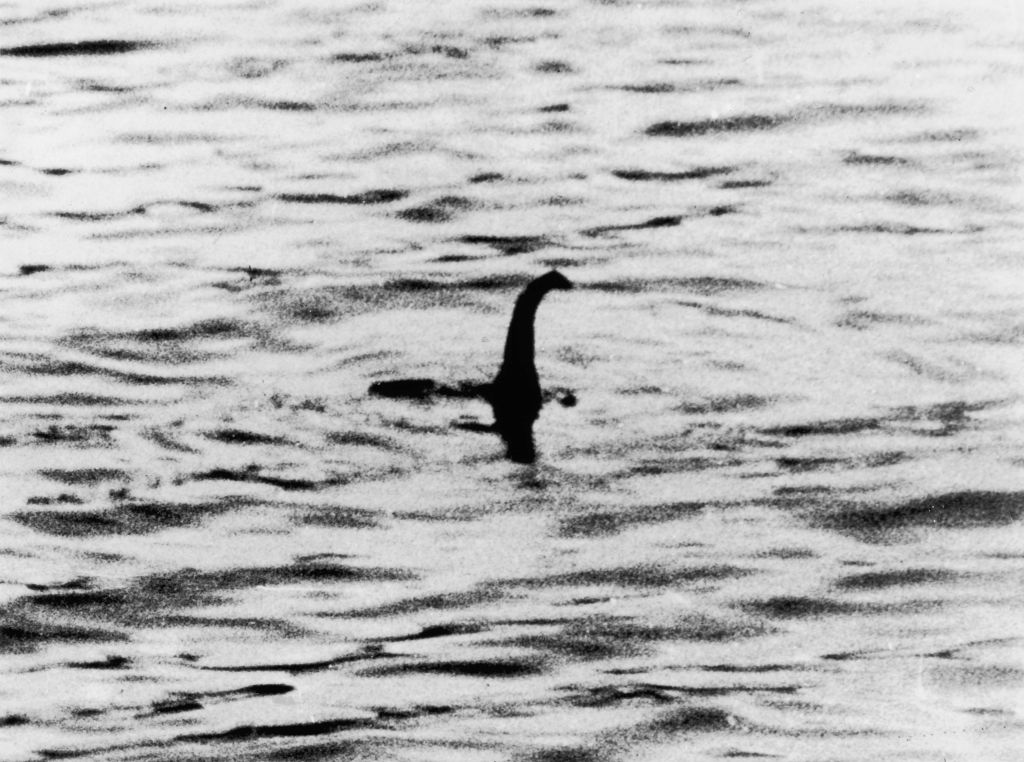Paleontologists discover 140-million-year-old dinosaur tooth from mysterious 'new species'


Malaysian and Japaense researchers announced Thursday that they had unearthed a 140-million-year-old dinosaur tooth, which may belong to a new species of "bird-hipped" herbivorous dinosaurs.
The researchers found the half-inch-long tooth in a sedimentary rock formation in the Malaysian state of Pahang. The tooth's exact location has not been revealed, but it is near where the first Malaysian dinosaur fossil was found in 2012.
Masatoshi Sone of the University of Malaya, the lead researcher on the project, said the discovery proves there may be more dinosaur fossils still hidden in Malaysia.
The Week
Escape your echo chamber. Get the facts behind the news, plus analysis from multiple perspectives.

Sign up for The Week's Free Newsletters
From our morning news briefing to a weekly Good News Newsletter, get the best of The Week delivered directly to your inbox.
From our morning news briefing to a weekly Good News Newsletter, get the best of The Week delivered directly to your inbox.
Sone believes the mystery dinosaur was roughly the size of a horse. The fossil dates to the Cretaceous period, which took place 145 to 75 million years ago at the end of the Mesozoic era.
A free daily email with the biggest news stories of the day – and the best features from TheWeek.com
Meghan DeMaria is a staff writer at TheWeek.com. She has previously worked for USA Today and Marie Claire.
-
 What is Roomba’s legacy after bankruptcy?
What is Roomba’s legacy after bankruptcy?In the Spotlight Tariffs and cheaper rivals have displaced the innovative robot company
-
 SiriusXM hopes a new Howard Stern deal can turn its fortunes around
SiriusXM hopes a new Howard Stern deal can turn its fortunes aroundThe Explainer The company has been steadily losing subscribers
-
 Unemployment rate ticks up amid fall job losses
Unemployment rate ticks up amid fall job lossesSpeed Read Data released by the Commerce Department indicates ‘one of the weakest American labor markets in years’
-
 Nobody seems surprised Wagner's Prigozhin died under suspicious circumstances
Nobody seems surprised Wagner's Prigozhin died under suspicious circumstancesSpeed Read
-
 Western mountain climbers allegedly left Pakistani porter to die on K2
Western mountain climbers allegedly left Pakistani porter to die on K2Speed Read
-
 'Circular saw blades' divide controversial Rio Grande buoys installed by Texas governor
'Circular saw blades' divide controversial Rio Grande buoys installed by Texas governorSpeed Read
-
 Los Angeles city workers stage 1-day walkout over labor conditions
Los Angeles city workers stage 1-day walkout over labor conditionsSpeed Read
-
 Mega Millions jackpot climbs to an estimated $1.55 billion
Mega Millions jackpot climbs to an estimated $1.55 billionSpeed Read
-
 Bangladesh dealing with worst dengue fever outbreak on record
Bangladesh dealing with worst dengue fever outbreak on recordSpeed Read
-
 Glacial outburst flooding in Juneau destroys homes
Glacial outburst flooding in Juneau destroys homesSpeed Read
-
 Scotland seeking 'monster hunters' to search for fabled Loch Ness creature
Scotland seeking 'monster hunters' to search for fabled Loch Ness creatureSpeed Read
